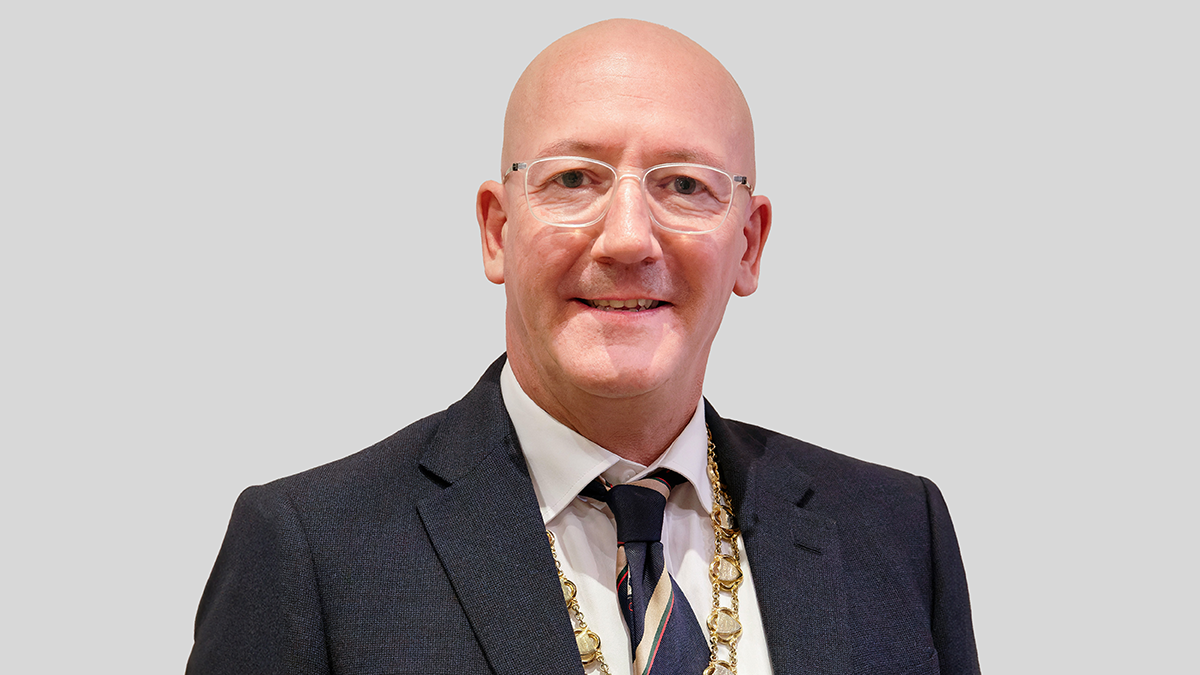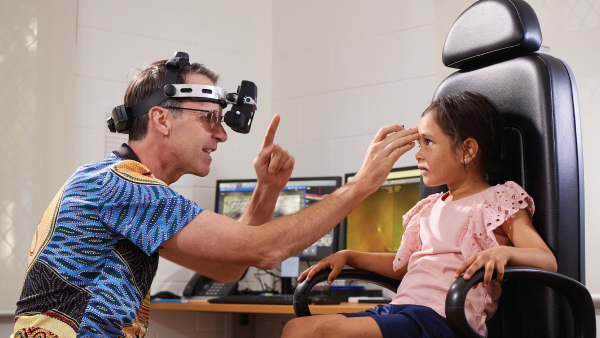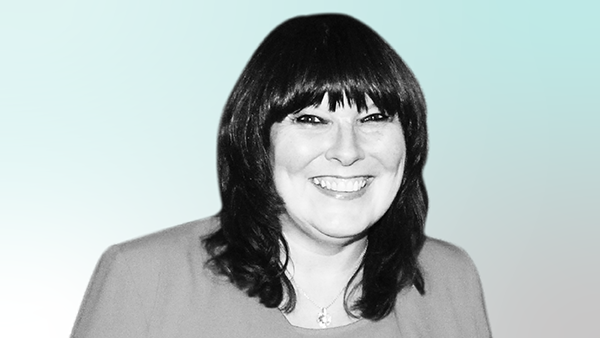Managing Myopia, Managing Guilt
Convincing parents of the benefits of expensive myopia treatment remains challenging
I’m an early adopter. As a contact lens optician, I was quick to make sure I covered myopia management. After all, I had both contact lens and spectacle lens development to keep up to speed with.
My first thoughts were to check the facts. Many big names and companies have been talking about myopia management, but I wanted to see some evidence from academia before getting behind it. And the evidence is there – we are facing an avalanche of myopia. Speculation abounds when it comes to children and screen time, daylight exposure, and modern diets. I just haven’t decided who I agree with yet.
My second consideration is that the social element to this treatment – and it is a treatment rather than a correction – is expensive. The first parent I spoke to said, “I understand the risks involved, but I just can’t afford it!” This genuinely upset me. Is it fair that there should be a commercial reason why we don’t treat a child? I considered my position. How did I make those parents feel? How did I feel? Pretty bad, I have to say.
Then there is the efficacy question. There are claims of success rates from 30–60 percent. Turning that on its head, are 40–70 percent unsuccessful? I immediately started thinking of how my conversation could go. “Well, Mr. Smith, the treatment isn’t 100 percent successful – sometimes you spend good money and the myopia progresses anyway.”
As a parent I understand the emotional response to the subject of myopia. If my children needed something like this I would sacrifice all sorts to enable it. But as a practitioner, that makes me feel uncomfortable. I don’t want to extort money from families.
My takeaway is to advise practitioners to manage expectations during the initial conversations, as well as promote the benefits. And then watch this space. There are new products hitting the market all the time – and it’s likely that some of them will be well researched and evidenced, but coming in at much lower price points. And that’s what we need to address what is currently an awkward social divide.
The New Optometrist Newsletter
Permission Statement
By opting-in, you agree to receive email communications from The New Optometrist. You will stay up-to-date with optometry content, news, events and sponsors information.
You can view our privacy policy here
Sign up to The New Optometrist Updates
Permission Statement
By opting-in, you agree to receive email communications from The New Optometrist. You will stay up-to-date with optometry content, news, events and sponsors information.
You can view our privacy policy here
Sign up to The New Optometrist Updates
Permission Statement
By opting-in, you agree to receive email communications from The New Optometrist. You will stay up-to-date with optometry content, news, events and sponsors information.
You can view our privacy policy here







